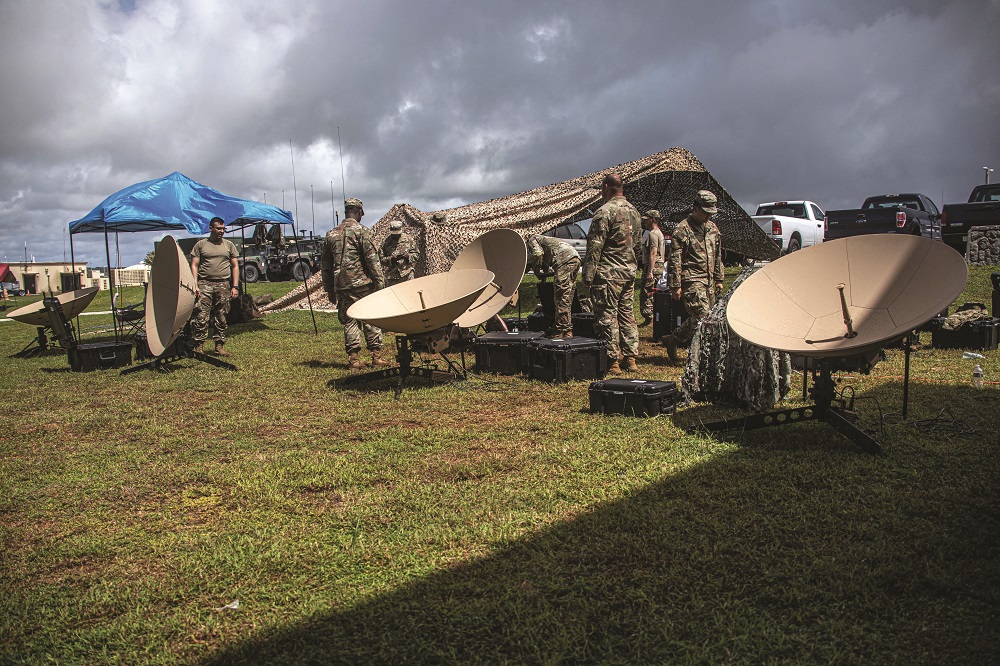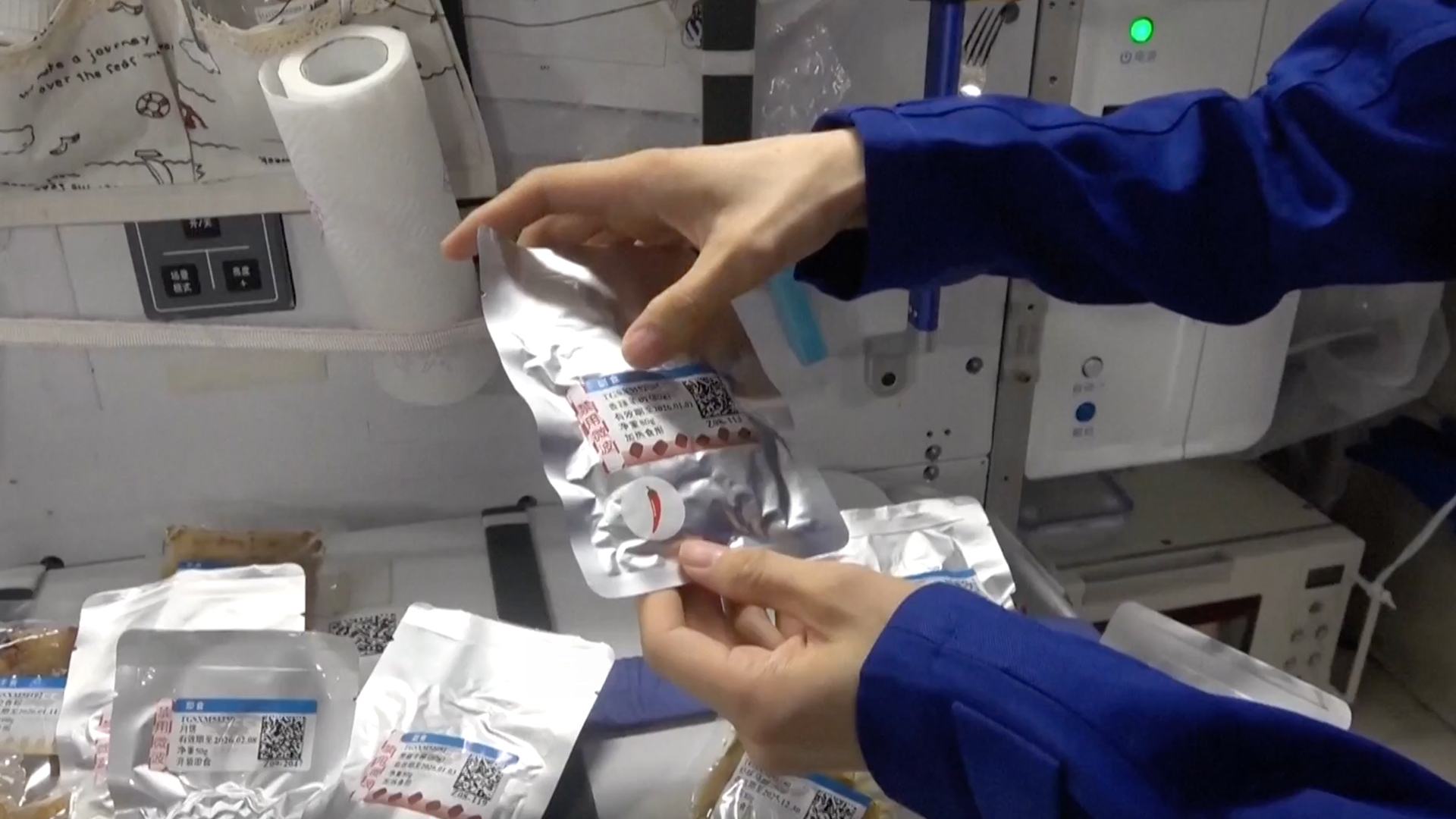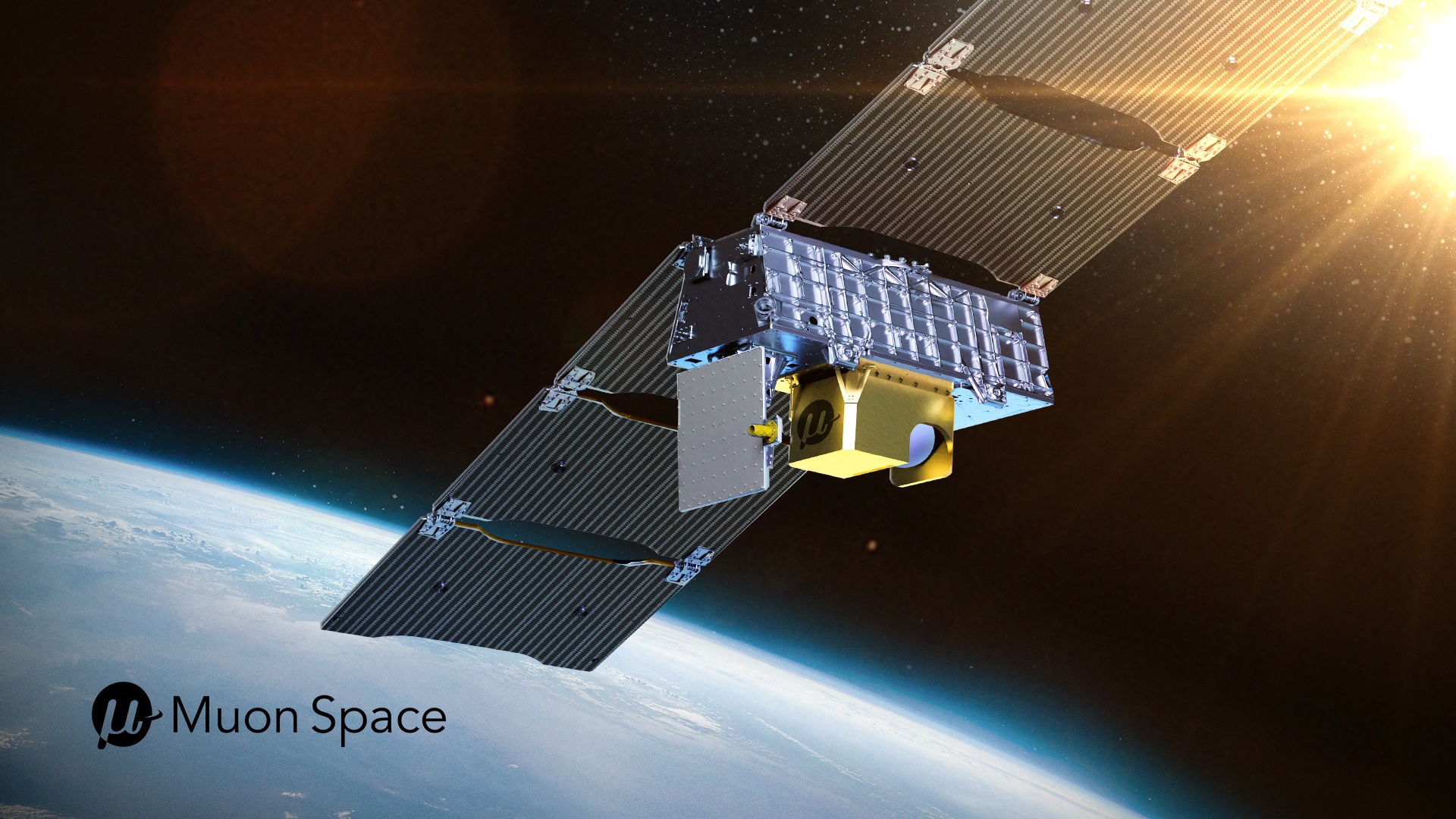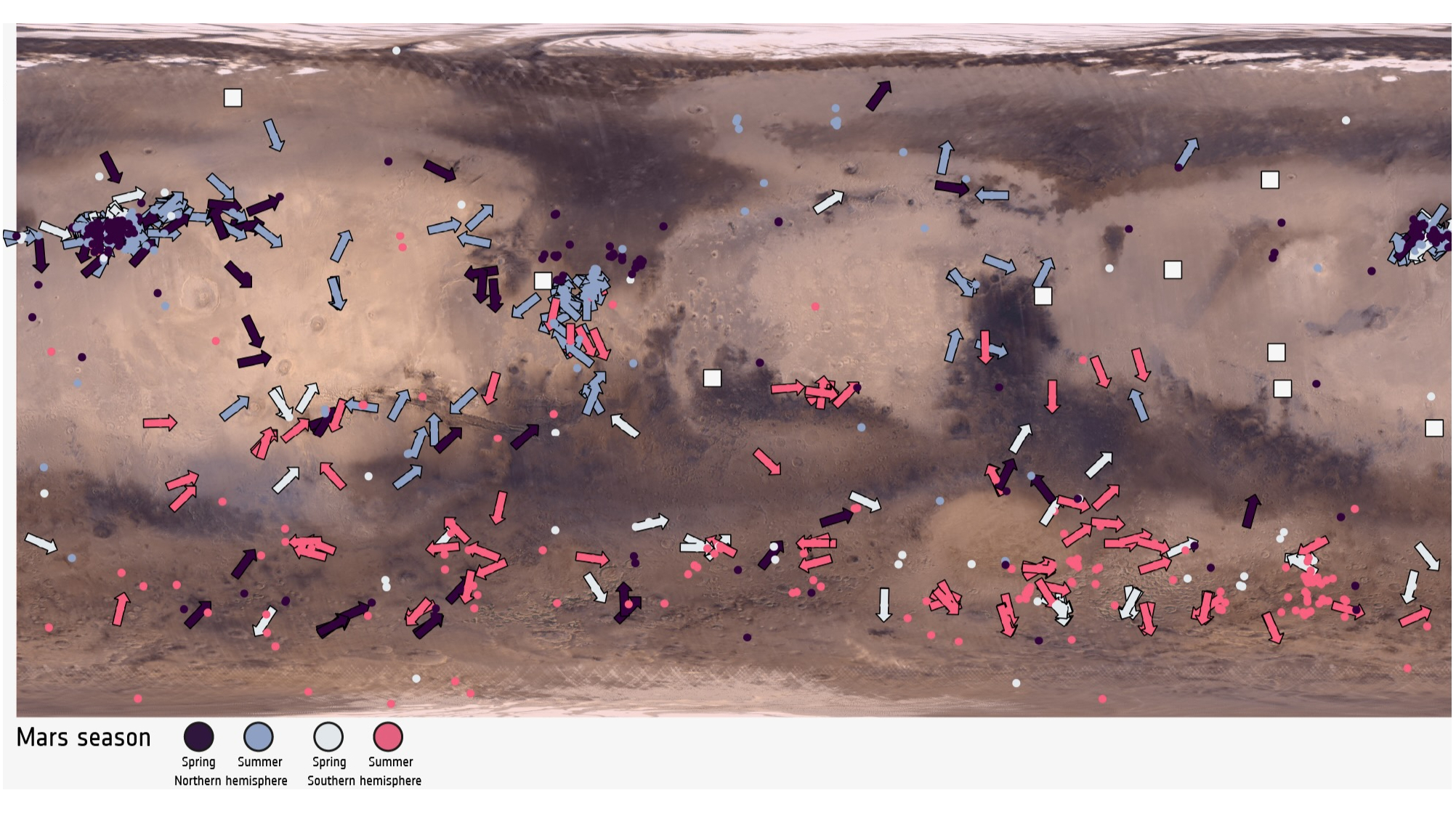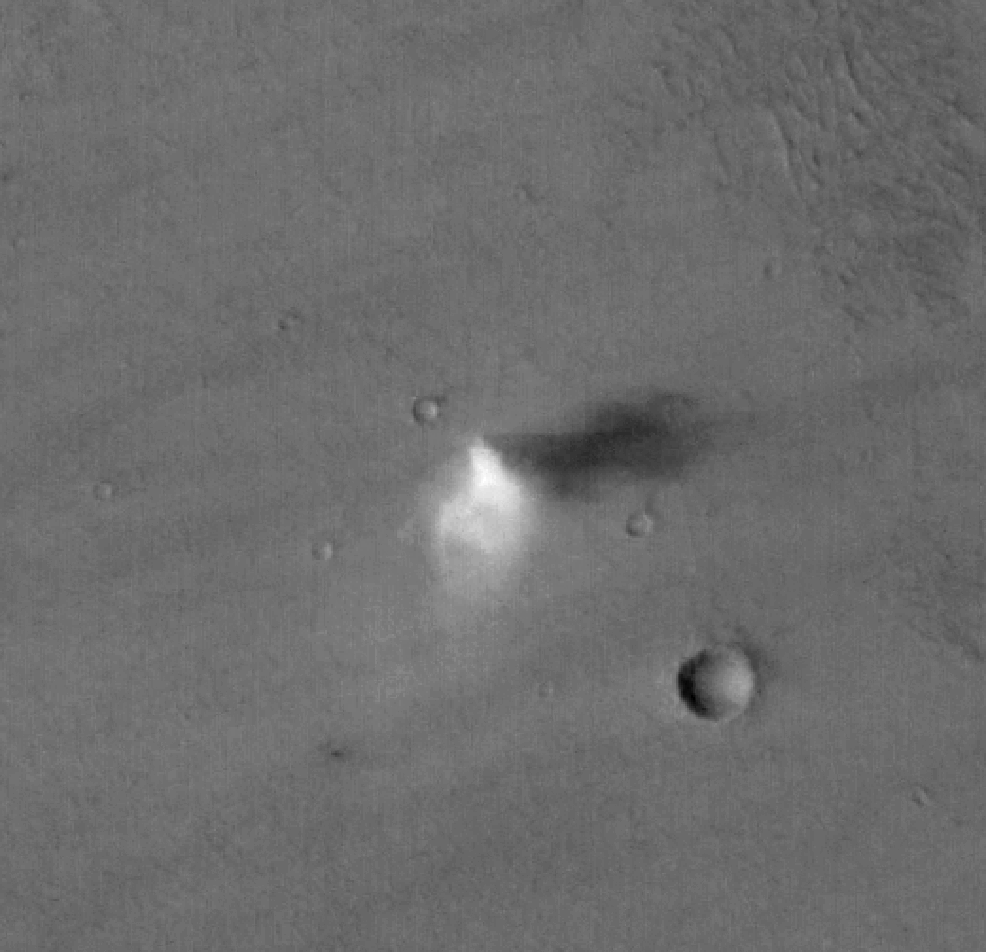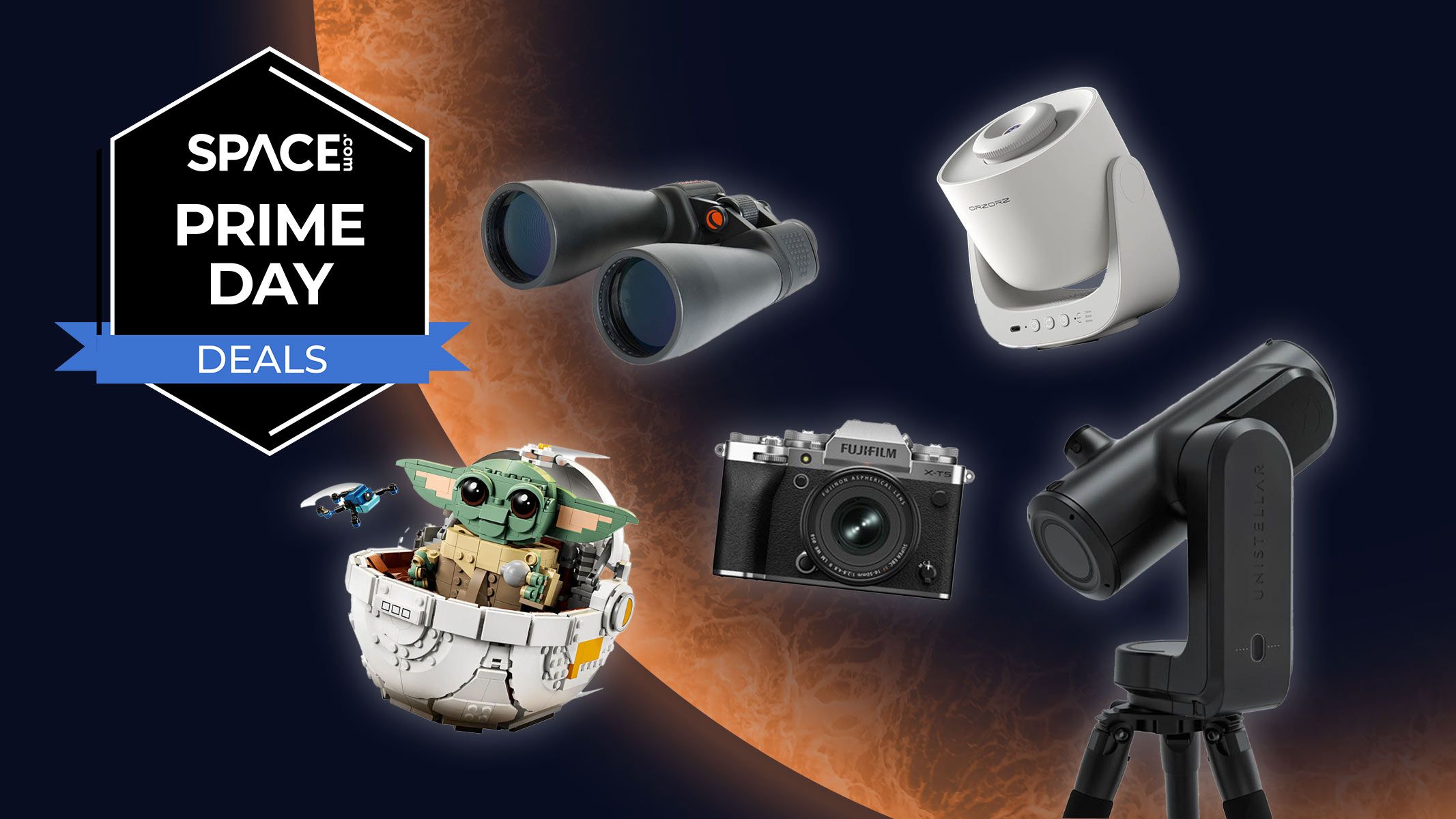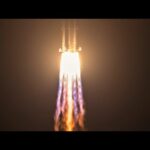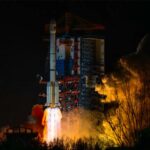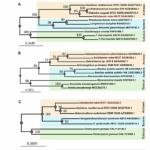WASHINGTON — The U.S. Space Force has established a working capital fund with a projected value of more than $1 billion to help facilitate military agencies’ access to commercial space
TAMPA, Fla. — AST SpaceMobile’s shares closed up more than 8% Oct. 8 after Verizon joined AT&T in signing a definitive agreement to use its planned space-based cellular network, easing
Australia’s SpIRIT nanosatellite has snapped its first “selfie” from space, marking a successful start to its mission. SpIRIT — formally known as the Space Industry Responsive Intelligent Thermal nanosatellite —
Chinese astronauts dug out tasty treats for the mid-autumn festival, which is a harvest event held every year between mid-September and early October. In a new video, the three residents
WASHINGTON — The U.S. Space Force is betting that satellites designed to spot wildfires can also fill critical gaps in military weather monitoring capabilities. Muon Space, a California-based manufacturer of
Tiny tornadoes of dust whirl across Mars’s rusty plains far faster than scientists thought, a new study reveals. Researchers tracked 1,039 dust devils on the Red Planet captured in two
Science & Exploration 08/10/2025 36 views 1 likes In brief Combing through 20 years of images from the European Space Agency’s Mars Express and ExoMars Trace Gas Orbiter spacecraft, scientists
Comet Lemmon captured by astrophotographer Dan Bartlett on Sept. 26. (Image credit: Dan Bartlett) Comet Lemmon (C/2025 A6) is quickly brightening as it draws closer to both the sun and
Prime Day in October is coming to a close but these deals are still active, for now! We have rounded up the best deals across skywatching gear, cameras, Lego and
Want to see Starz? That’s where this rather cool HBO Max / Starz Prime Day deal comes in, saving you 25% on a monthly subscription to both services. Between the
-
 012024 in Review: Highlights from NASA in Silicon Valley
012024 in Review: Highlights from NASA in Silicon Valley -
 02Panasonic Leica Summilux DG 15mm f/1.7 ASPH review
02Panasonic Leica Summilux DG 15mm f/1.7 ASPH review -
 03How New NASA, India Earth Satellite NISAR Will See Earth
03How New NASA, India Earth Satellite NISAR Will See Earth -
 04And Thus Begins A New Year For Life On Earth
04And Thus Begins A New Year For Life On Earth -
 05Astronomy Activation Ambassadors: A New Era
05Astronomy Activation Ambassadors: A New Era -
06SpaceX launch surge helps set new global launch record in 2024
-
 07Space Force plans new ‘Futures Command’ amid pressure to speed up modernization
07Space Force plans new ‘Futures Command’ amid pressure to speed up modernization


